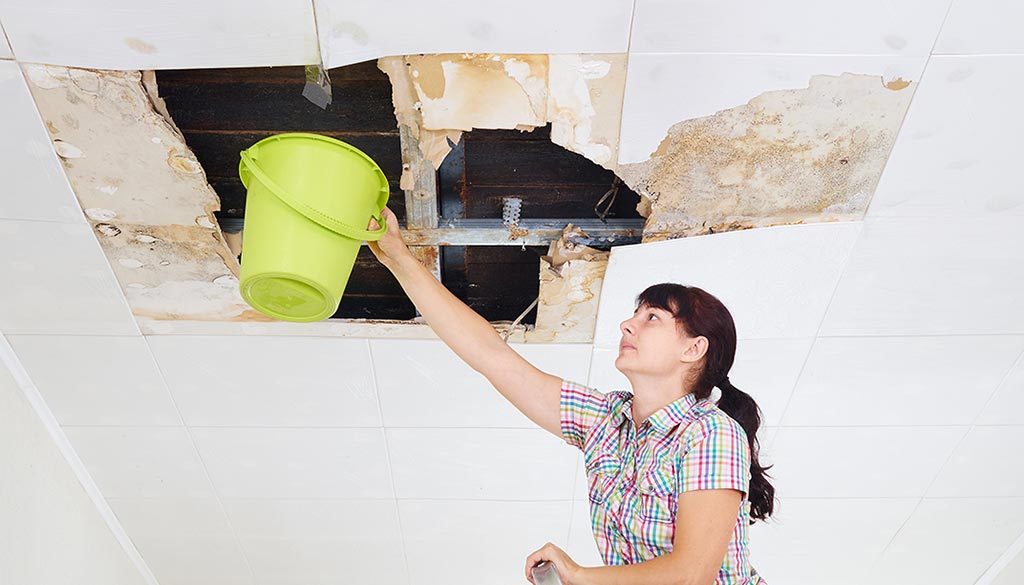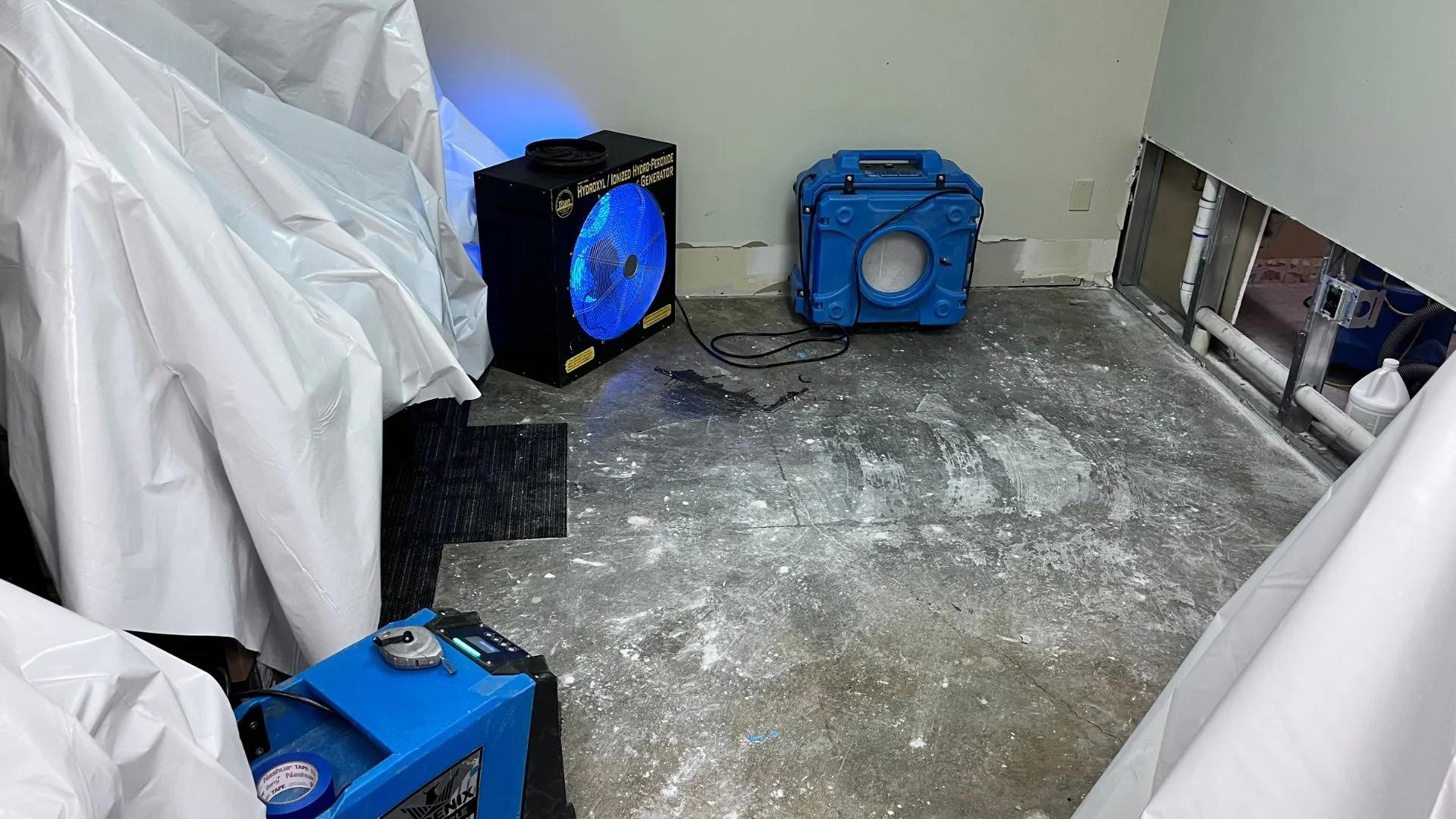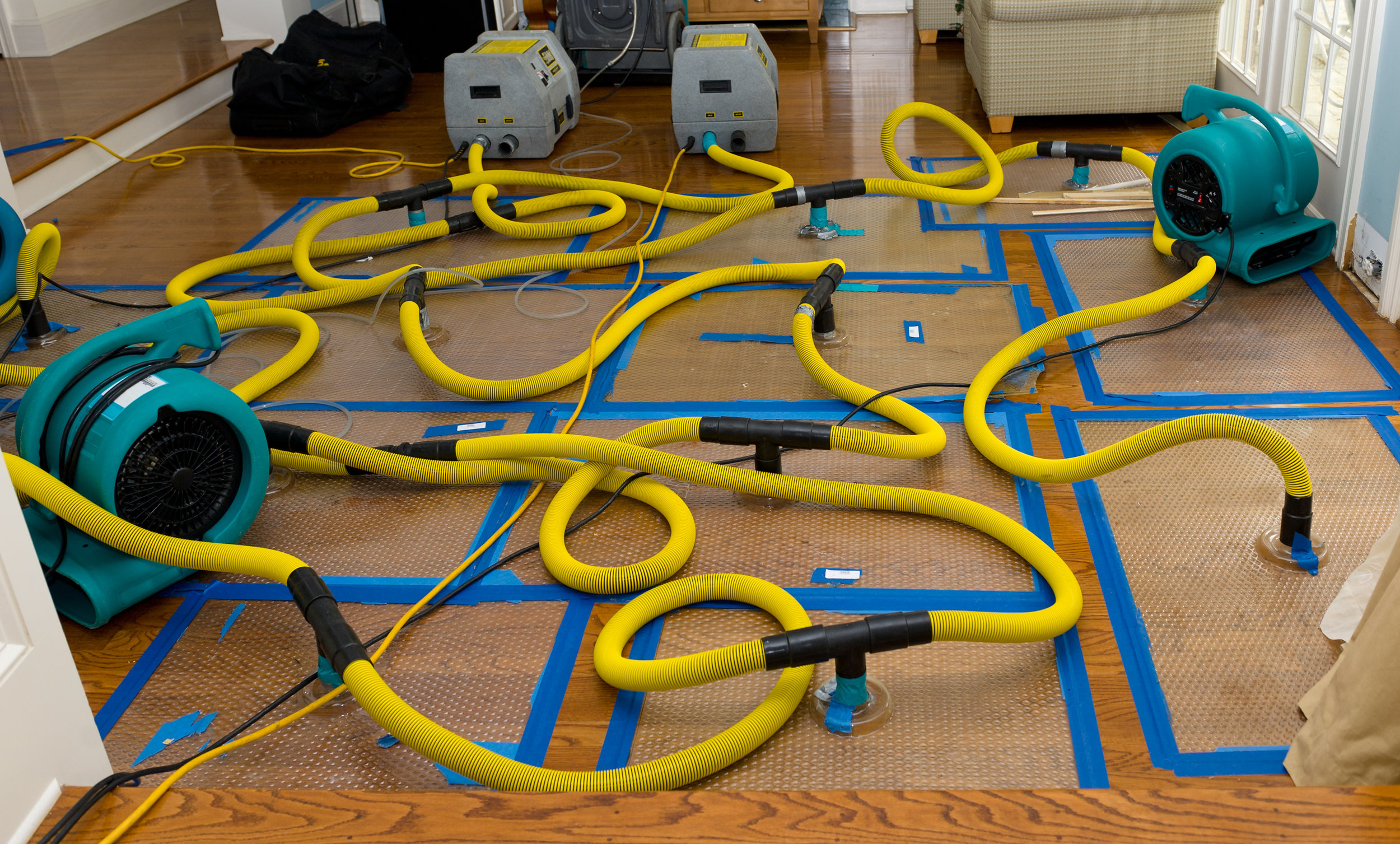Important Steps to Adhere To for Reliable Water Damages Reconstruction in your house
When encountered with water damage in your home, knowing the important steps for efficient repair can make all the distinction. You require to assess the damages and warranty safety and security prior to dealing with the trouble. Stopping the resource of water is necessary, however it's just the beginning. There's a collection of actions you have to take to shield your building from additional problems as soon as you've taken care of that. Let's discover what you ought to do next.
Examine the Damage
The very first action is to assess the damage extensively when you uncover water damages in your home. Beginning by determining the resource of the water intrusion. Examine for leaks, ruptured pipes, or various other problems creating the issue. Next off, examine the impacted areas for visible indications of damages, consisting of warping, discoloration, or mold development. Do not fail to remember to search in hidden areas like behind walls or under flooring, as water can leak right into these areas unnoticed.Document the damage by taking clear pictures and notes. This will assist you when going over the scenario with your insurance policy provider or restoration professionals. Focus on the type of materials affected, as various products need different remediation approaches. Finally, evaluate the extent of the damage. Is it minor or comprehensive? Recognizing the extent will direct you in choosing whether to handle it on your own or employ the professionals for a more extensive restoration procedure.

Guarantee Safety and security
Before you start any kind of restoration work, guaranteeing your safety is vital. Assess the condition of your home. If the water's deep or if you notice electrical risks, don't get in the area. Switch off the electrical energy and gas supply to avoid mishaps. Use safety equipment like masks, gloves, and boots to protect yourself from pollutants or mold.It's essential to stay familiar with your surroundings; look for slippery surfaces and sharp objects. Treat it as dangerous waste if the water is from a sewer back-up. Maintain youngsters and pet dogs away from influenced locations to avoid exposure.Once you've taken these preventative measures, you can continue with the reconstruction process. Keep in mind, your safety precedes, and if you're ever before uncertain, it's best to consult a specialist. Taking these actions will help assure you're all set to deal with the repair safely and efficiently.
Stop the Resource of Water
After guaranteeing your safety and security, the following action is to stop the resource of water. Determine where the leakage is coming from. It can be a burst pipeline, a malfunctioning device, or also heavy rain entering via a damaged roof covering. If it's a plumbing concern, shut off the major supply of water to your home to stop additional flooding. For home appliances, disconnect them and shut off their water valves.If the source is outdoors, like rain, try to divert it far from your home using sandbags or various other barriers. For minor leakages, you might be able to make use of tape or a sealant briefly until an expert can repair it. Keep in mind, resolving the source swiftly is important to minimizing damages and preventing mold and mildew development. Once you have actually quit the water, you'll be in a better position to go on to the following action in the repair procedure.

Get Rid Of Excess Water
Act rapidly to eliminate excess water, as standing water can lead to a lot more substantial damages and mold growth. Collect your devices: a wet/dry vacuum, pails, and towels. You can utilize towels to soak up the moisture if the water is shallow. For much deeper water, a wet/dry vacuum is your finest bet. Make sure to clear the vacuum regularly to prevent overflow.If the water is infected, like from a sewage backup, put on protective equipment, including masks and handwear covers, to keep on your own secure. When you have actually eliminated as much water as possible, examine for surprise pockets of moisture in edges and under furnishings, as these can nurture mold.Don' t forget to shut off electric appliances and power outlets in damp locations to avoid risks. This first action is crucial in lessening damages and establishing the phase for a successful remediation procedure.
Dry and Dehumidify the Area
It's important to completely dry and dehumidify the location extensively as soon as you have actually gotten rid of the excess water. Beginning by utilizing dehumidifiers efficiently to pull moisture out of the air and avoid mold growth. Watch on humidity levels to guarantee the space dries out entirely.
Get Rid Of Standing Water
To effectively take on water damages, you require to concentrate on getting rid of standing water as swiftly as feasible. Begin by gathering required tools, like a wet/dry vacuum cleaner or a pump, relying on the quantity of water. If the water is superficial, a vacuum cleaner must suffice. For bigger quantities, a pump is a lot more effective. While working, make certain to put on safety gear to keep yourself secure from impurities. As you eliminate the water, take note of hidden locations like under furnishings or in corners where water might accumulate. Your area will start to dry my explanation out when you've eliminated the bulk. This action is crucial, as sticking around water can cause mold growth and more extensive damages.
Use Dehumidifiers Effectively
Just how can you successfully utilize dehumidifiers to dry and evaporate your area? Start by positioning your dehumidifier in the most affected location, ideally where water damages is most serious. Ensure to shut all doors and home windows to produce a sealed setting. Switch on the dehumidifier and established it to the proper humidity degree, typically around 30-50%. Vacant the water collection storage tank regularly, or think about making use of a design with a continual drain alternative for convenience. Ideally, make use of followers to improve air movement, helping the dehumidifier job extra efficiently. Maintain the dehumidifier running till you're confident that the area is extensively dried out, stopping mold and mildew growth and extra damages (Water Damage Cleanup). This action is essential for effective water damage reconstruction
Monitor Humidity Levels
Tracking moisture levels is essential during the drying out procedure, as it helps guarantee your room stays without excess wetness. Purchase a trustworthy hygrometer to track moisture properly. Preferably, you wish to maintain levels between 30% and 50%. You might require to readjust your dehumidifiers or followers to boost air movement if moisture analyses climb over this array. Examine the analyses regularly, especially in areas prone to dampness, like basements or restrooms. If you discover consistent high humidity, consider enhancing ventilation or using additional dehumidifiers. Remaining on top of these levels not only quickens the drying out process however also avoids mold development, guaranteeing your home remains safe and comfortable.
Tidy and Disinfect Affected Surfaces

Restore and Fix Your Home
After cleaning and disinfecting the influenced areas, it's time to recover and fix your home. Begin by evaluating the damages. Inspect for architectural problems, like weakened floors or wall surfaces, and attend to any needed repair services. Replacing damaged drywall or flooring is necessary for both looks and safety.If your furniture or items were affected, take into consideration whether they can be restored or require replacement. Clean or professionally restore things where possible.Next, touch and paint walls up any type of locations that require attention. This not only improves appearance yet also secures surface areas from future water damage.Don' t forget to inspect your plumbing and home appliances for leakages, ensuring every little thing's functioning appropriately. Take into consideration installing a dehumidifier to avoid future dampness issues. By taking these steps, you'll recover your home to its previous splendor and create a much safer living setting.
Frequently Asked Questions
How Much Time Does Water Damage Repair Typically Take?
Water damage reconstruction typically takes anywhere from a few days to a number of weeks, relying on the extent of the damage (Smoke Damage Restoration). You'll intend to evaluate the scenario quickly to reduce additional issues and assure correct reconstruction
Will My Insurance Policy Cover Water Damage Restoration Costs?
Your insurance might cover water damages reconstruction prices, yet it relies on your plan. Inspect your insurance coverage information and call your insurance coverage agent to clarify what's included and what you need to file a claim.
Can I Deal With Water Damage Remediation Myself?
You can manage water damage repair yourself, but it's crucial to examine the circumstance first. If it's comprehensive, you might wish to call professionals. Constantly prioritize look at this now safety and security and ensure you've obtained the right tools.
What Are the Indicators of Hidden Water Damages?
You may notice signs of covert water damages like warped wall surfaces, stuffy odors, or staining. If your floors really feel spongy or you place mold, it's time to explore even more prior to the circumstance worsens.
Exactly How Can I Prevent Future Water Damage in My Home?
To avoid future water damages in your home, you must routinely check pipes, seal cracks, maintain rain gutters, and warranty proper drain. Setting up a sump pump and dampness obstacles can also help keep your area completely dry. When you uncover water damages in your home, the first action is to analyze the damage completely. Act swiftly to get rid of excess water, as standing water can lead to much more substantial damages and mold and mildew growth. To efficiently deal with water damages, you require to concentrate on getting rid of standing water as quickly as possible. As you eliminate the water, pay interest to concealed locations like under furnishings or in edges where water could accumulate. Water damages remediation normally takes anywhere from a couple of days to several weeks, depending on the extent of the damage.